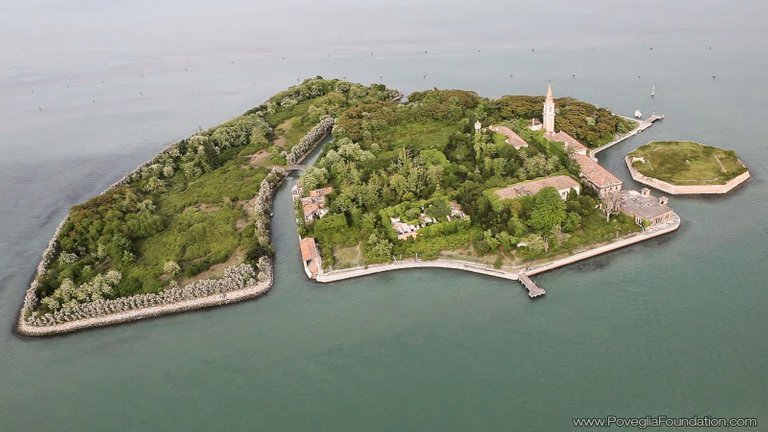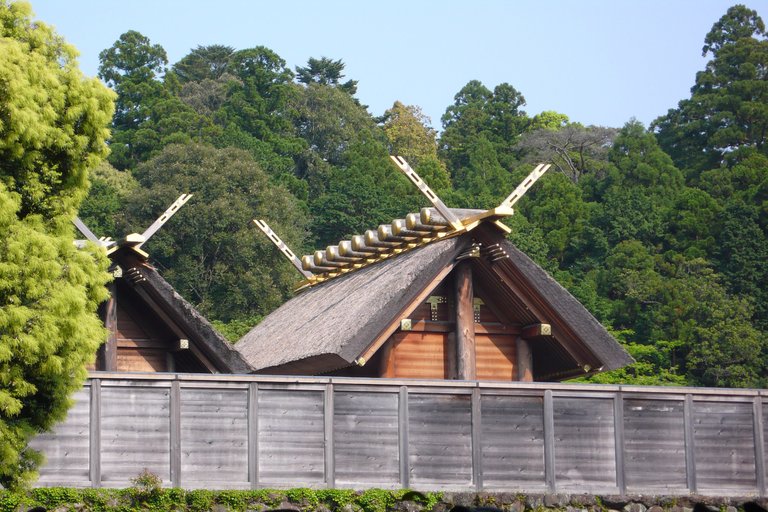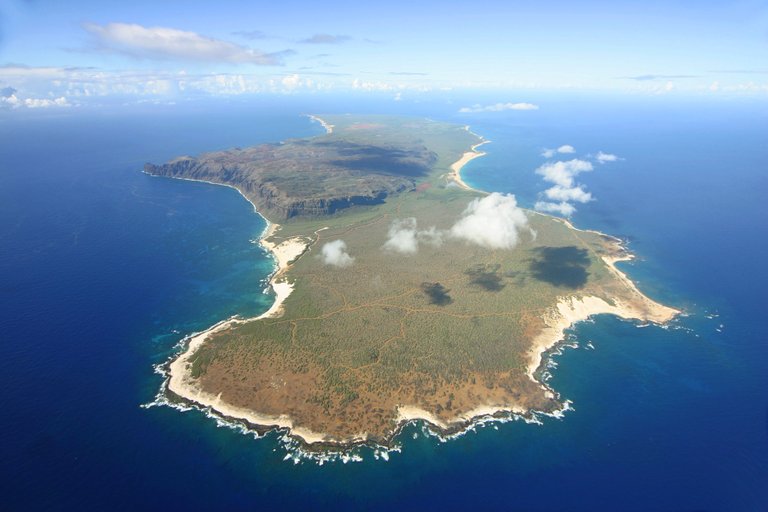It`s very exiting! Poveglia: A Very Small Island Near Venice Suspected of Being Visited by Ghosts (Italy)

Poveglia is a small island located between Venice and Lido in the Venetian Lagoon, northern Italy.
For centuries Poveglia has been a refuge, a stronghold, a place of exile, and a dumping ground for the diseased and deceased.
In 1348, the Bubonic Plague arrived in Venice and Poveglia, like many other small islands, became a quarantine colony. Fearing the unbridled spread of the disease, Venice exiled many of its symptom-bearing citizens there. At the island's center the dead and the dying - who were mistaken for dead bodies - were burned on giant pyres. These fires would burn once more in 1630 when the Black Death again swept through the city.
In the 20th century the island was again used as a quarantine station, but in 1922 the existing buildings were converted into a hospital for the mentally ill. This went on until 1968, when the hospital was closed and the island once again became uninhabited.
Legends surround the island of hauntings by the victims of plague and war, as well as a crazy doctor of the mental institution who supposedly butchered and tortured patients.
Today, the island is closed to locals and tourists. In recent years, Italian construction crews attempted to restore the former hospital building, but unexpectedly stopped without reason.
Ise Grand Shrine: The Holiest and Most Important Shrine in Japan

Ise Grand Shrine in Japan is a Shinto shrine dedicated to the goddess Amaterasu-ōmikami. The Ise Jingu Shrine consists of two main shrines and about 125 additional shrines.
The shrine is one of Shinto's holiest and most important sites. Access to the site is strictly limited; the only person who can enter is the priest or priestess, who must be a member of the Japanese imperial family. The general public is allowed to see little more than the thatched roofs of the central structures, which are hidden behind four tall wooden fences.
Every twenty years, the two main buildings inside the Ise Jingu Shrine are rebuilt. The shrines that are rebuilt are Naiku, or the "Inner Shrine," and Geku, or the "Outer Shrine," and they, as well as other parts of the complex that undergo any rebuilding, are rebuilt according to the original design blueprints from over 1,000 years ago. This rebuilding tradition is part of the Shinto belief in the transience of life and the renewal that follows death. It is also an invaluable way to pass on ancient building techniques from one generation to the next .

Metro-2: Purported Secret Underground Metro System in Russia
Metro-2 in Moscow, Russia is the informal name for a purported secret underground metro system which parallels the public Moscow Metro. The system was supposedly built, or at least started, during the time of Joseph Stalin and was codenamed D-6 by the KGB. It is supposedly still operated by the Main Directorate of Special Programs and the Ministry of Defense.
The length of Metro-2 is rumored to exceed that of the public Metro. It is said to have four lines that lie 50 to 200m deep. It is said to connect the Kremlin with the Federal Security Service (FSB) headquarters, the government airport at Vnukovo-2, and an underground town at Ramenki, in addition to other locations of national importance.
In 1994, the leader of an urban exploration group, the Diggers of the Underground Planet, claimed to have found an entrance to this underground system.
Sadly, all available information is speculative and unsupported by documentation such as photographs. Also, there are narratives told by people who say that they helped build Metro-2, and urban spelunkers claim to have "seen" Metro-2, but there are no explicit "firsthand" accounts
Niihau: An Exotic Hawaiian Island Closed to Most Visitors in Order to Preserve Its Indigenous Culture and Wildlife

Niihau is the seventh largest of the inhabited Hawaiian Islands. This island has no paved roads. There are no stores, no restaurants, no electricity, and no indoor plumbing. On the other hand, Niihau has the only school in Hawaii—and perhaps the only one in the country—that relies entirely on solar power for its electricity.
Elizabeth Sinclair purchased Niihau in 1864 from the Kingdom of Hawaii and private ownership passed on to her descendants, the Robinson family.
In 1915, Sinclair's grandson, Aubrey Robinson, closed the island to most visitors with the purpose of preserving its indigenous culture and wildlife. Even relatives of the inhabitants could visit only by special permission.
Today, the island is generally off-limits to everyone except relatives of the island's owners, the natives, U.S. Navy personnel, government officials, and invited guests. There are very rare helicopter tours to the isle so you can wander along one of the beaches, but getting anywhere near the locals is strictly forbidden, giving it the nickname "The Forbidden Isle."
why don't you try and travel on steem like this ?https://steemit.com/trending/@ph111p/5jvnhk-yes-you-can-spend-money-from-steemit-it-is-real-we-have-paid-our-trip-to-disney-usa-part-1-the-big-countdown
thank you) It is very intersting!
Keep up the good work.
I am very pleased to read your comment!
This seems to be plagiarized from other sources. Please make sure the content is either yours or you give credit where credit is due. We need to keep the integrity of the content on Steem.
http://www.dailyleap.com/14-forbidden-places-in-the-world-that-youre-not-allowed-to-visit/
http://www.oddee.com/item_98792.aspx
Thank you!) I am very glad)